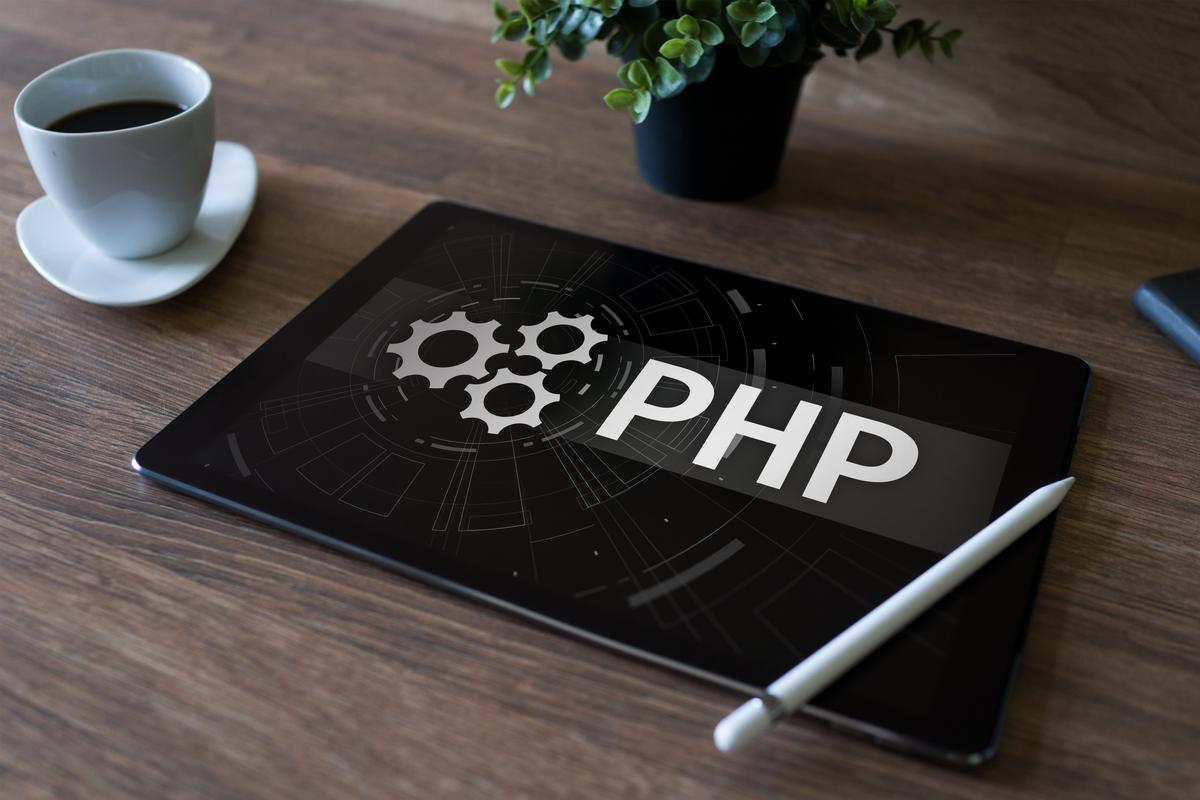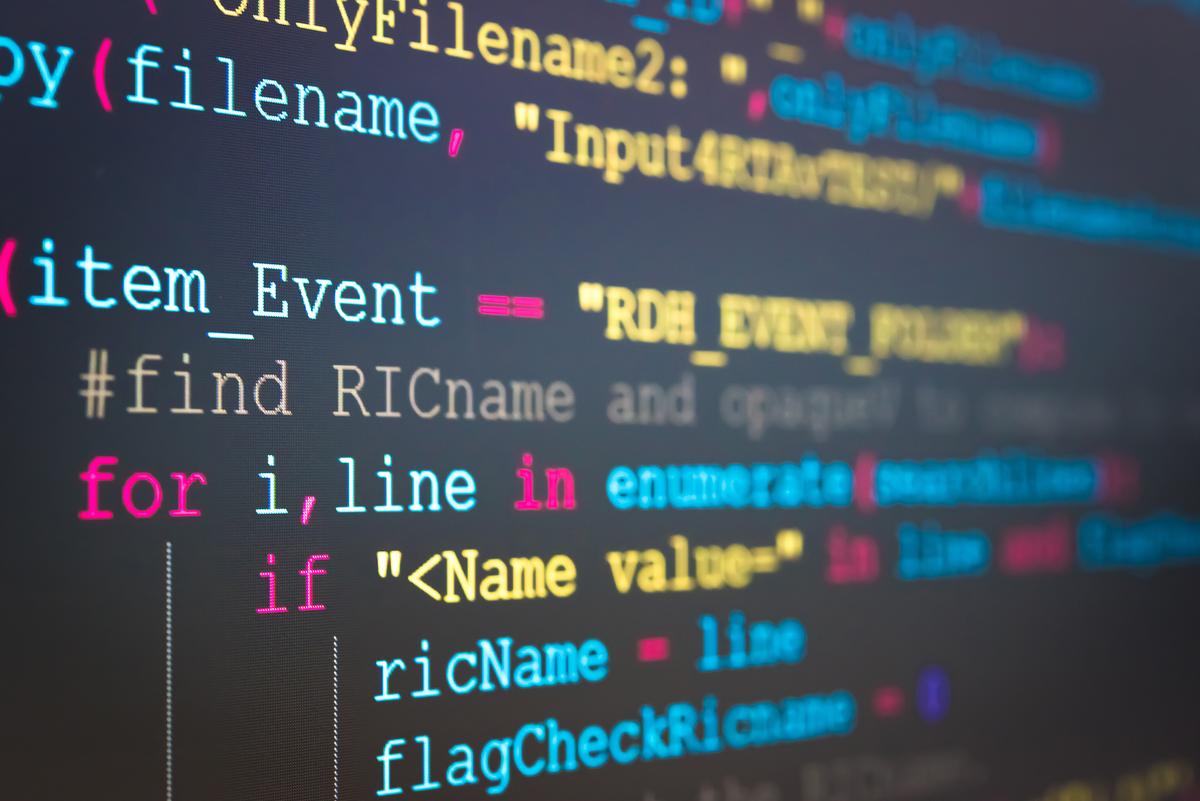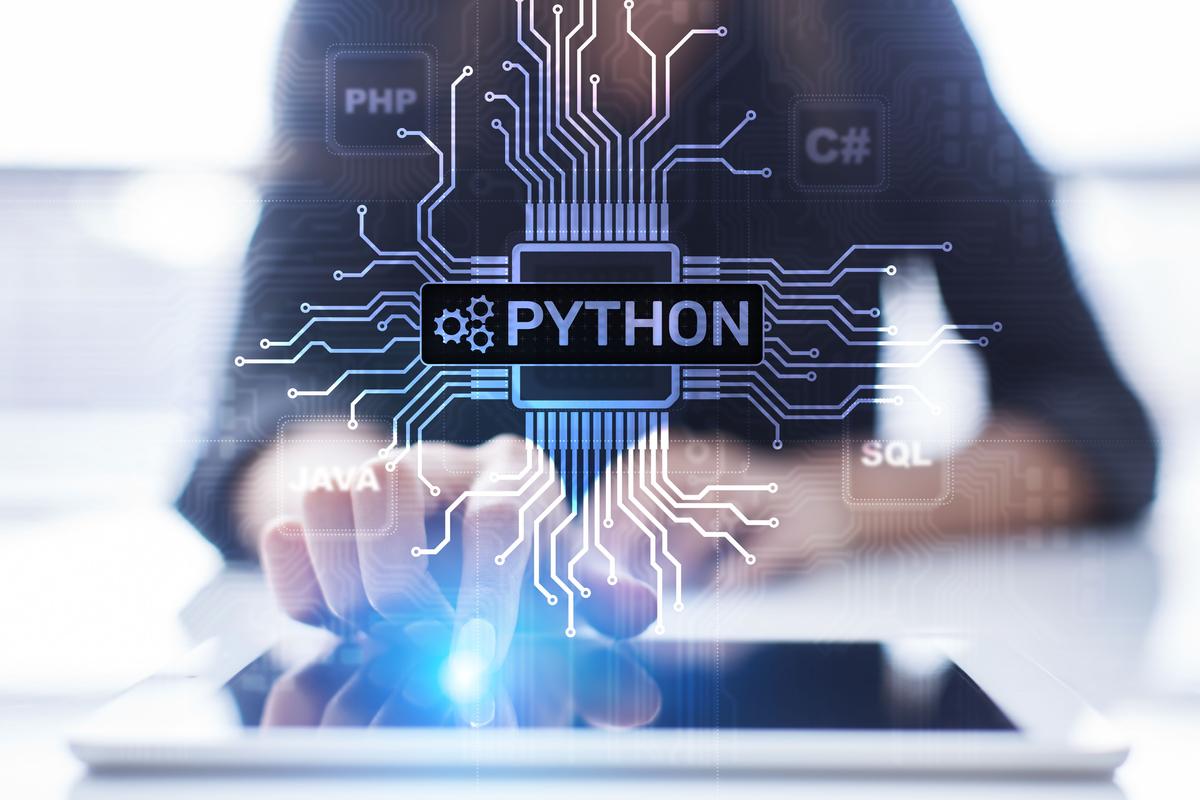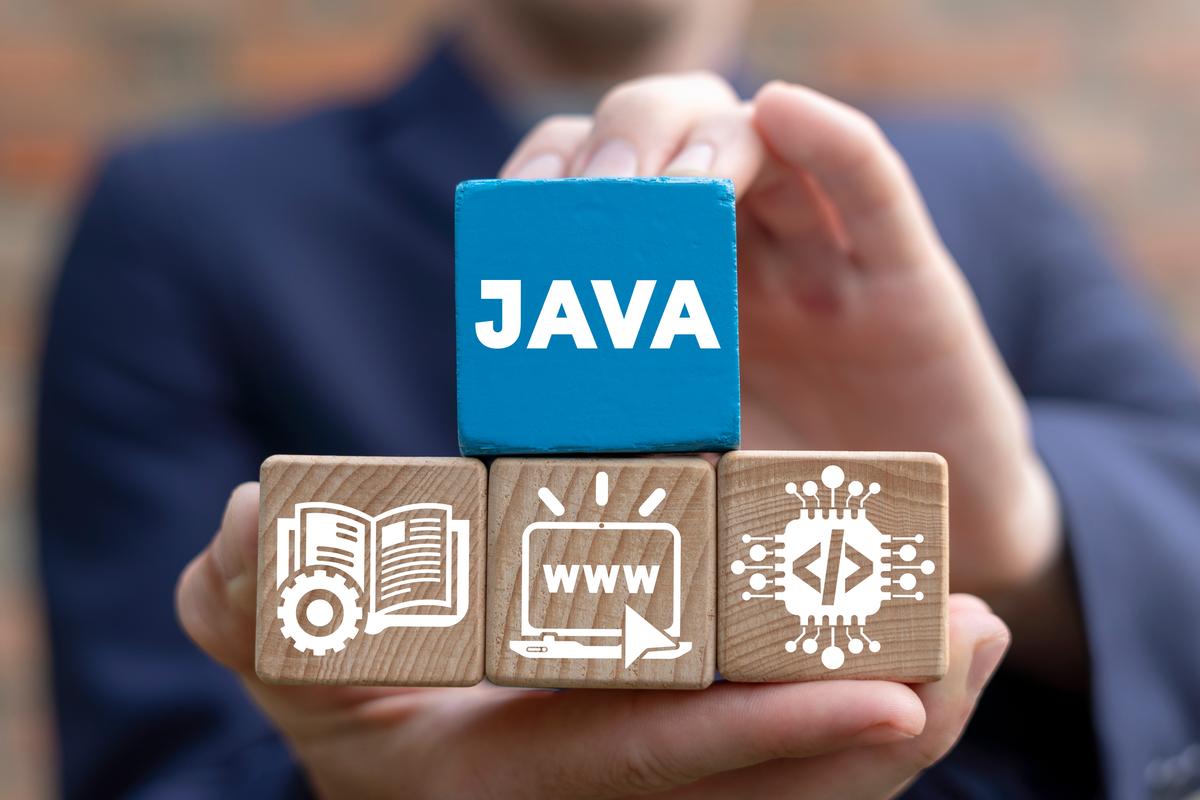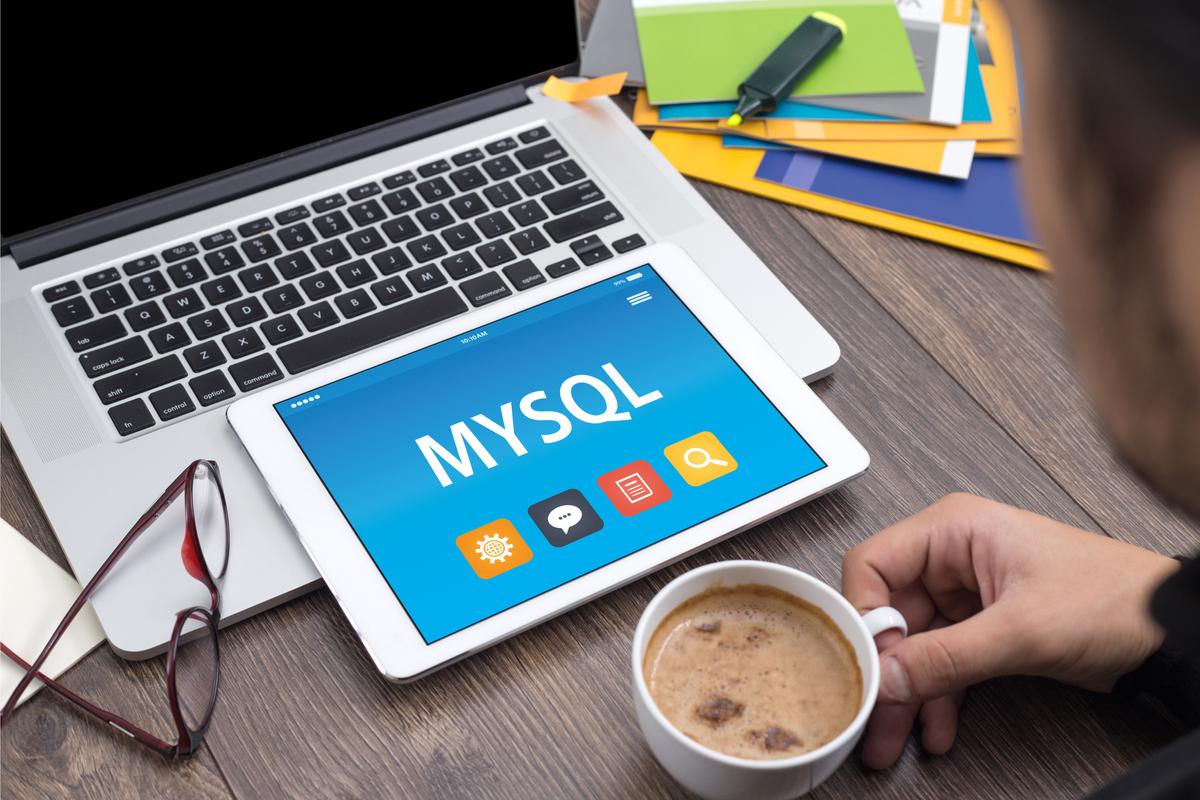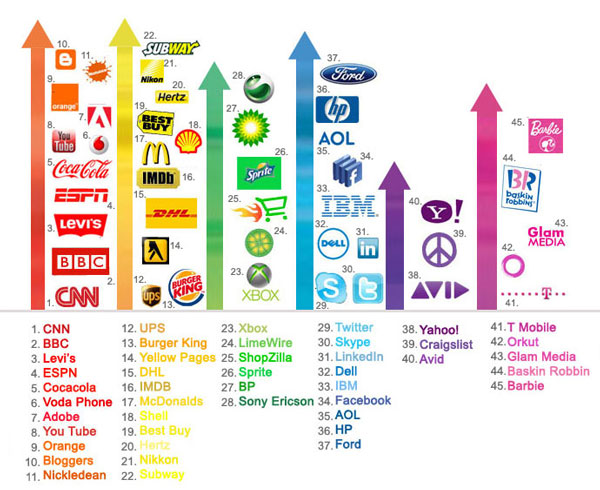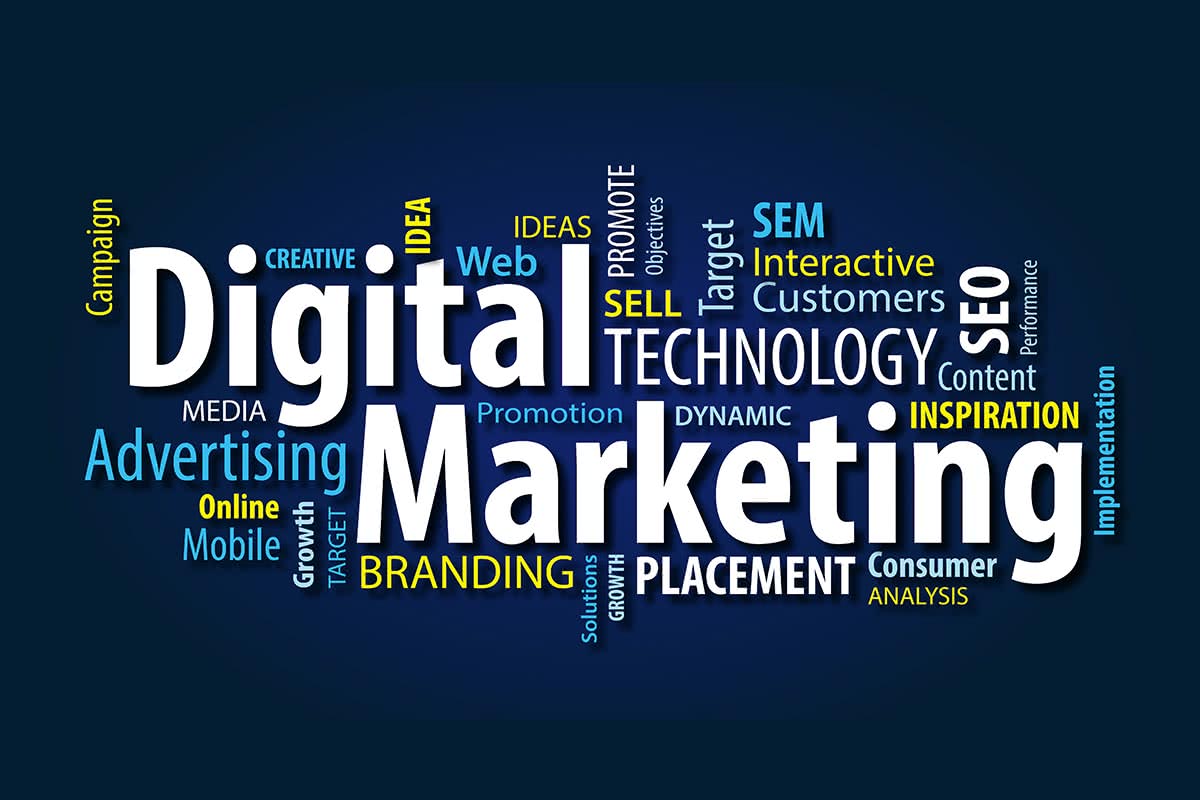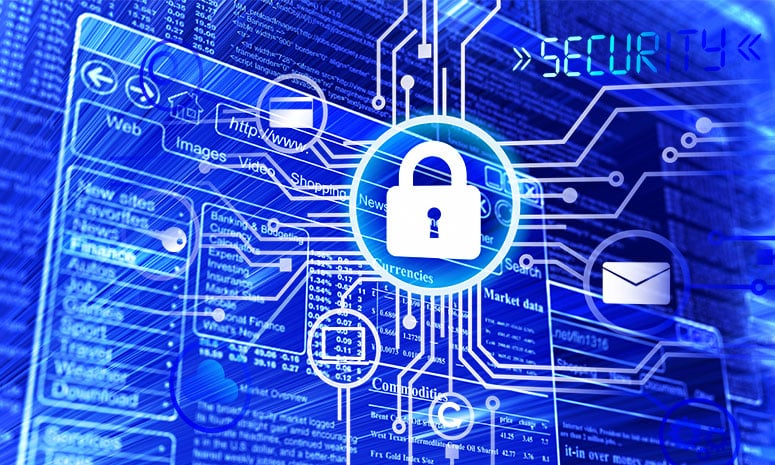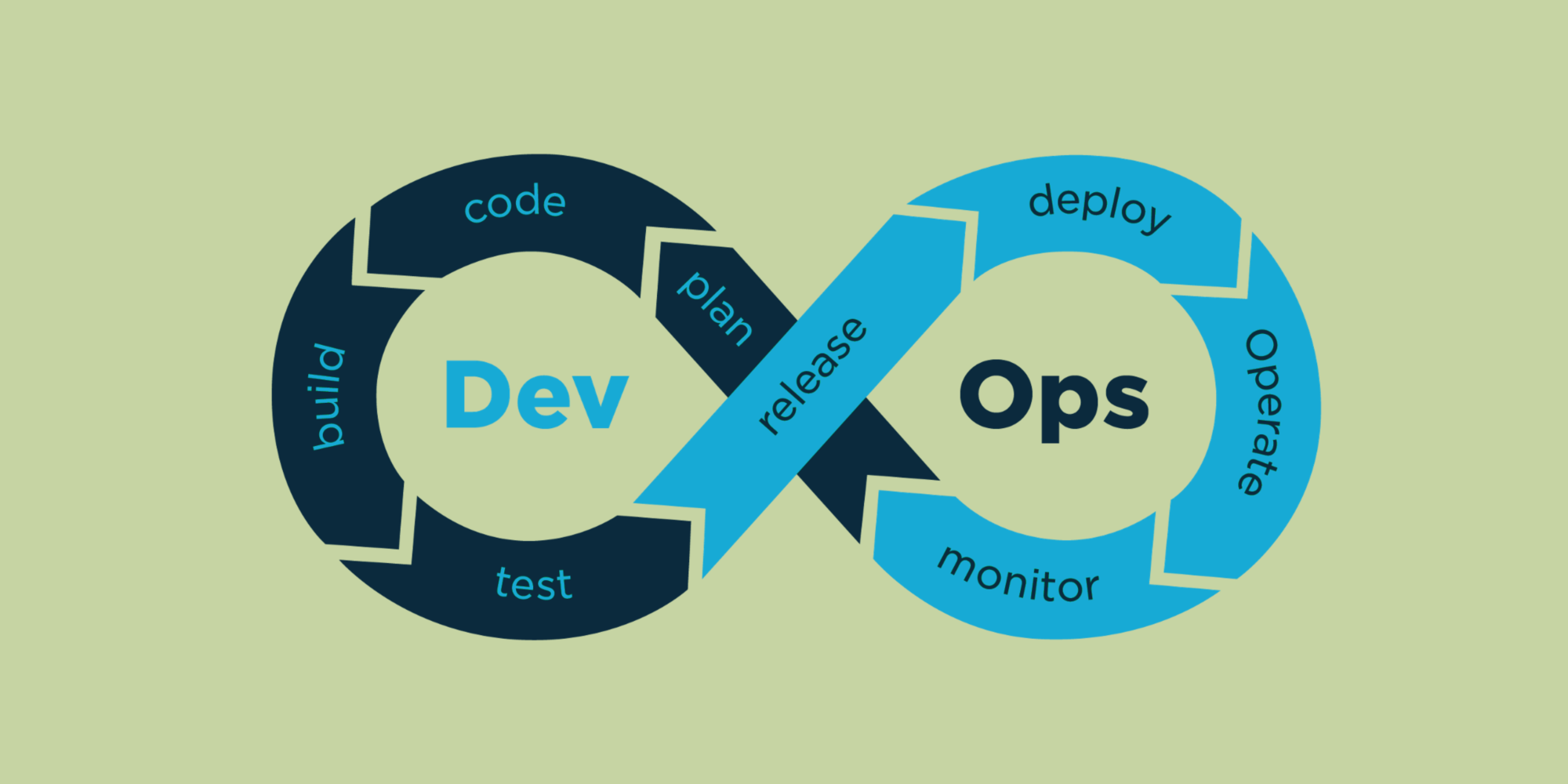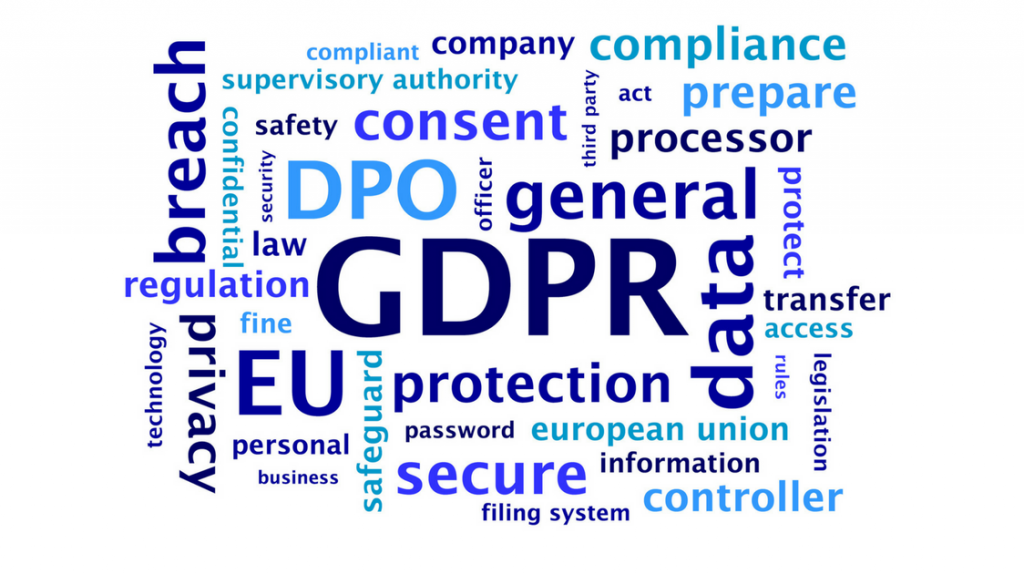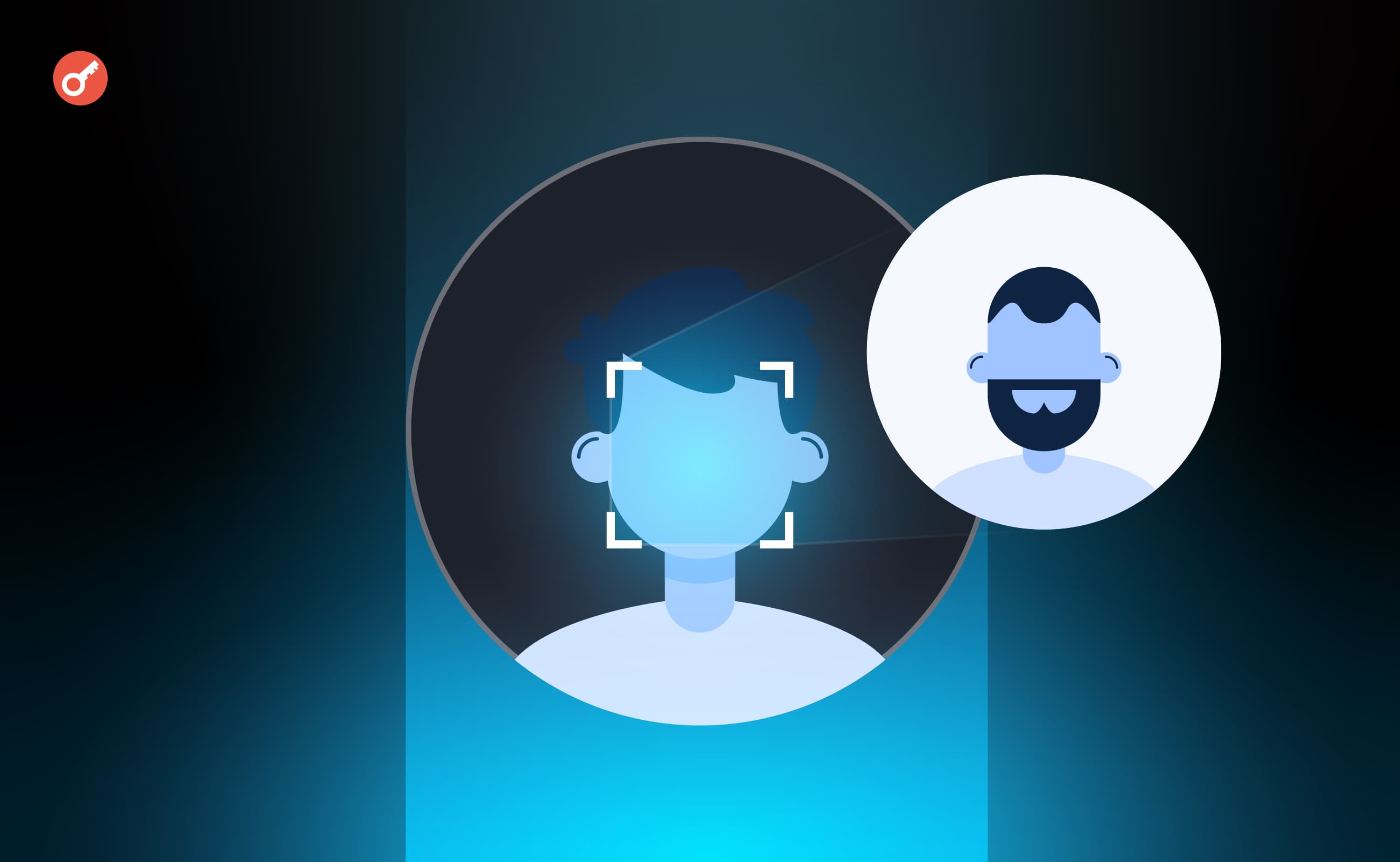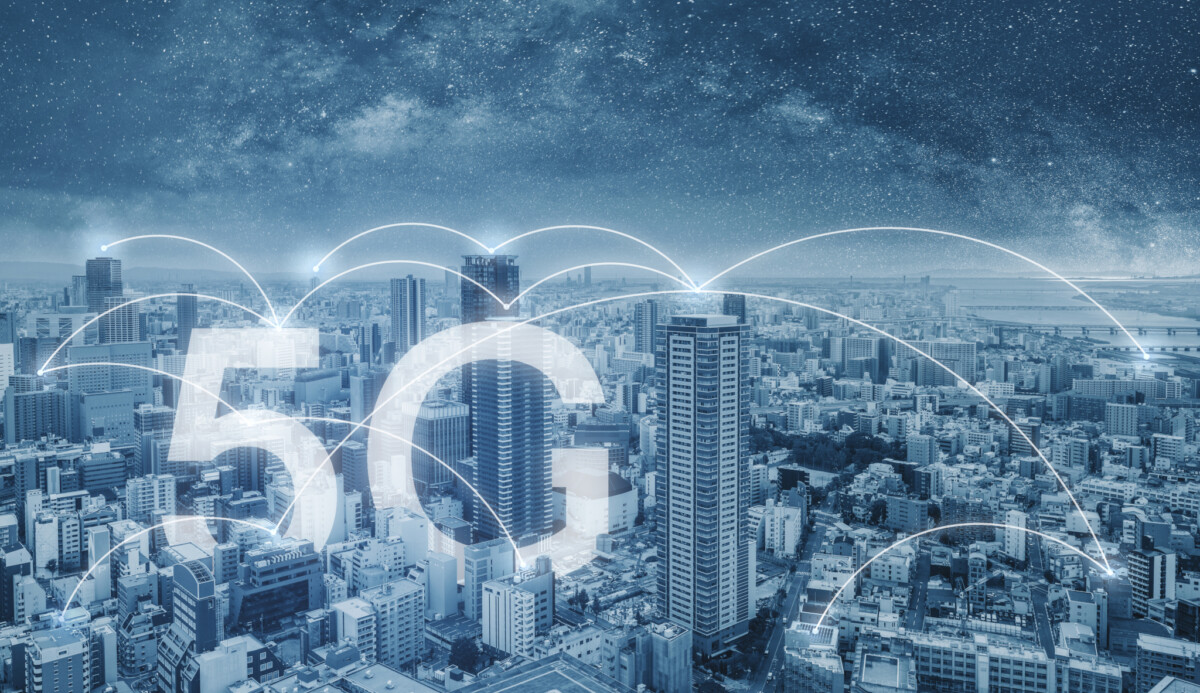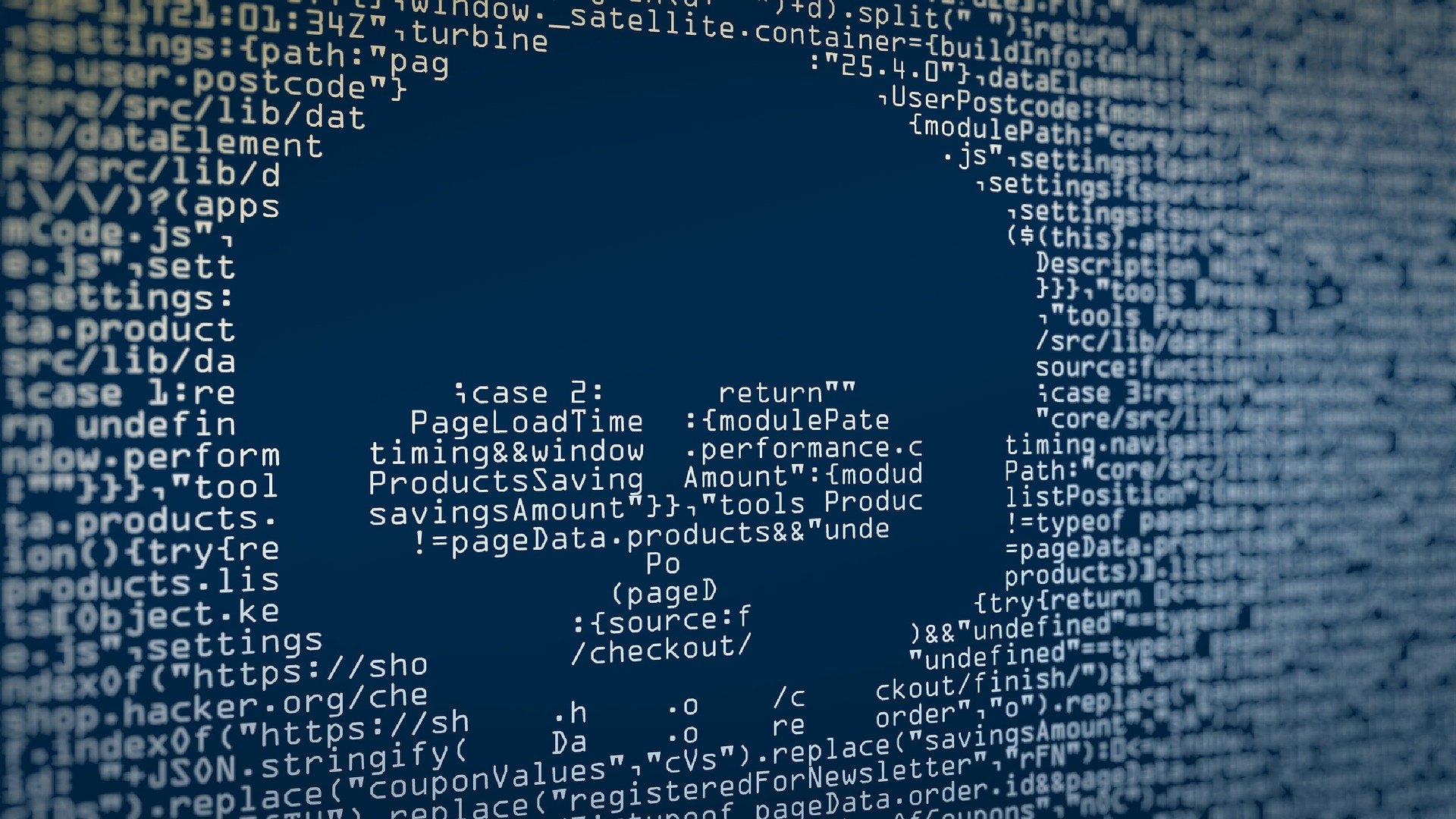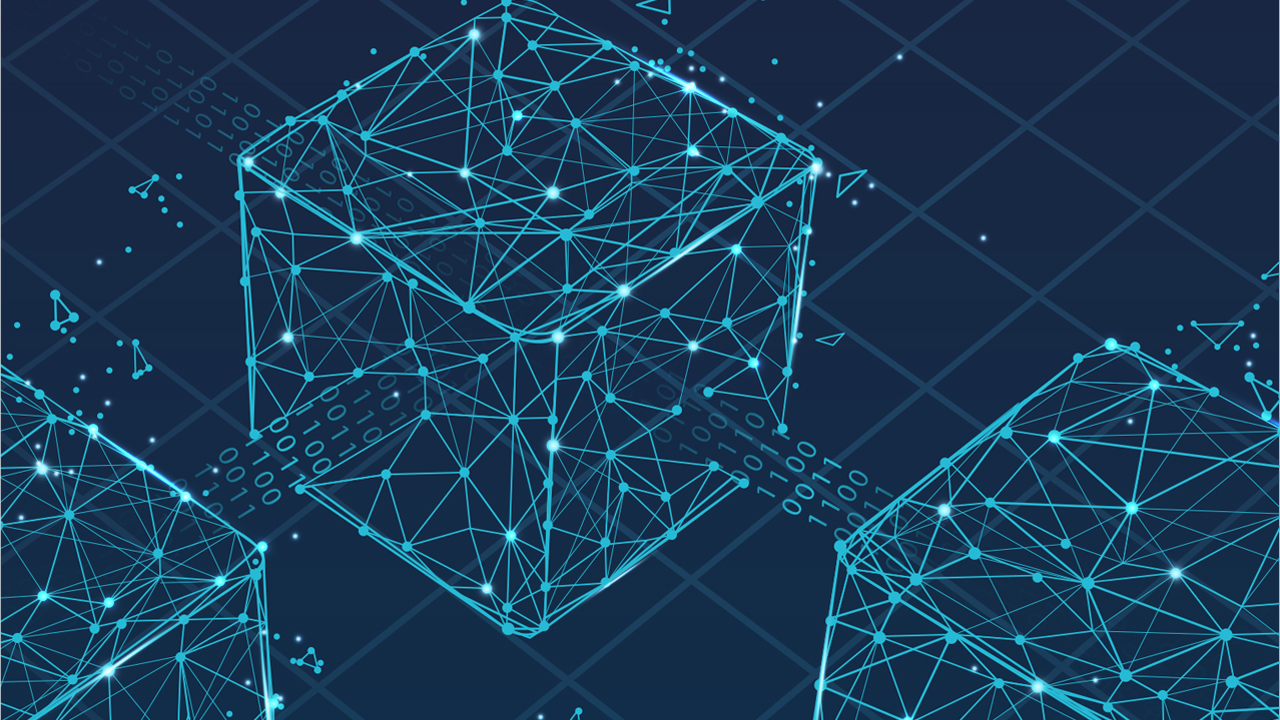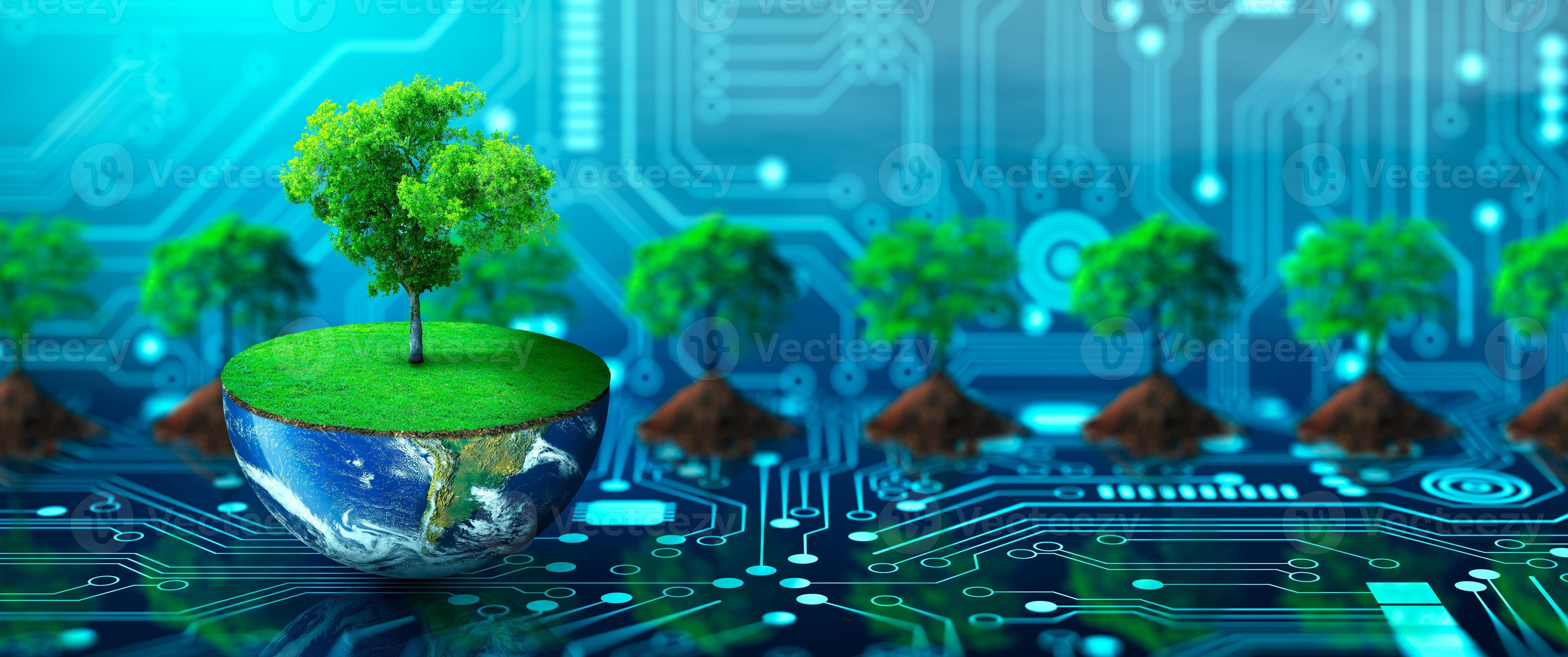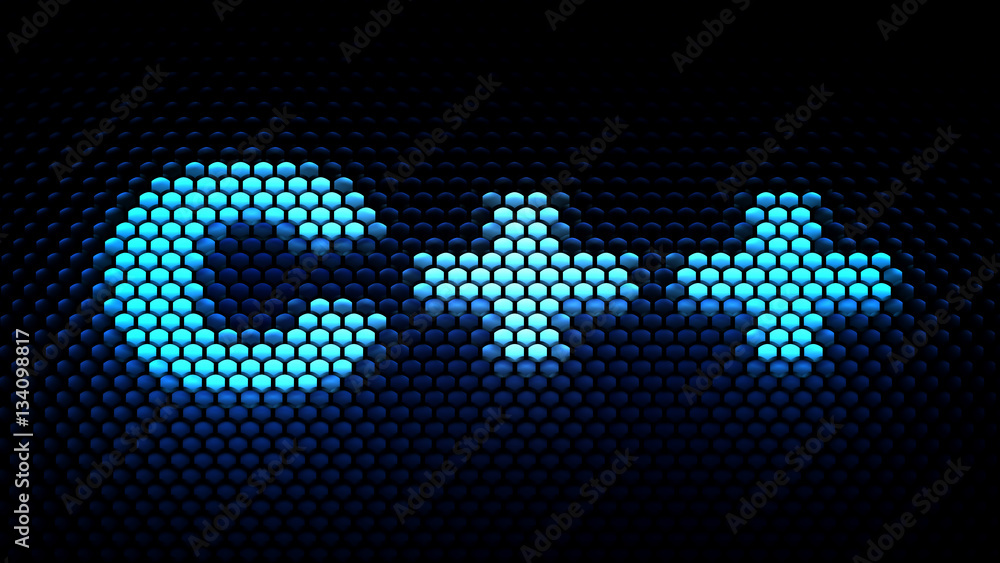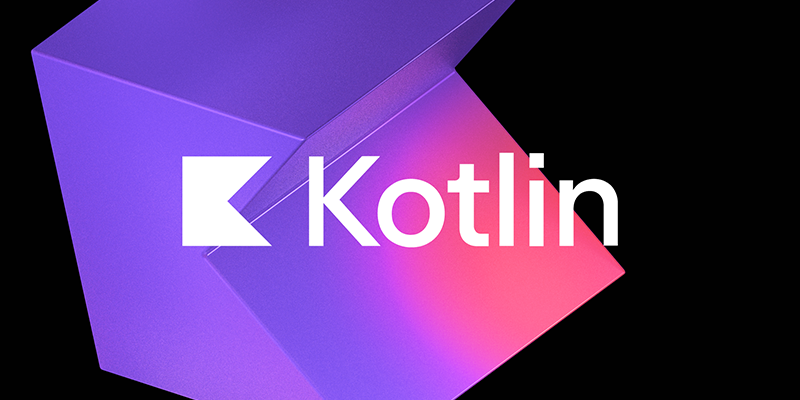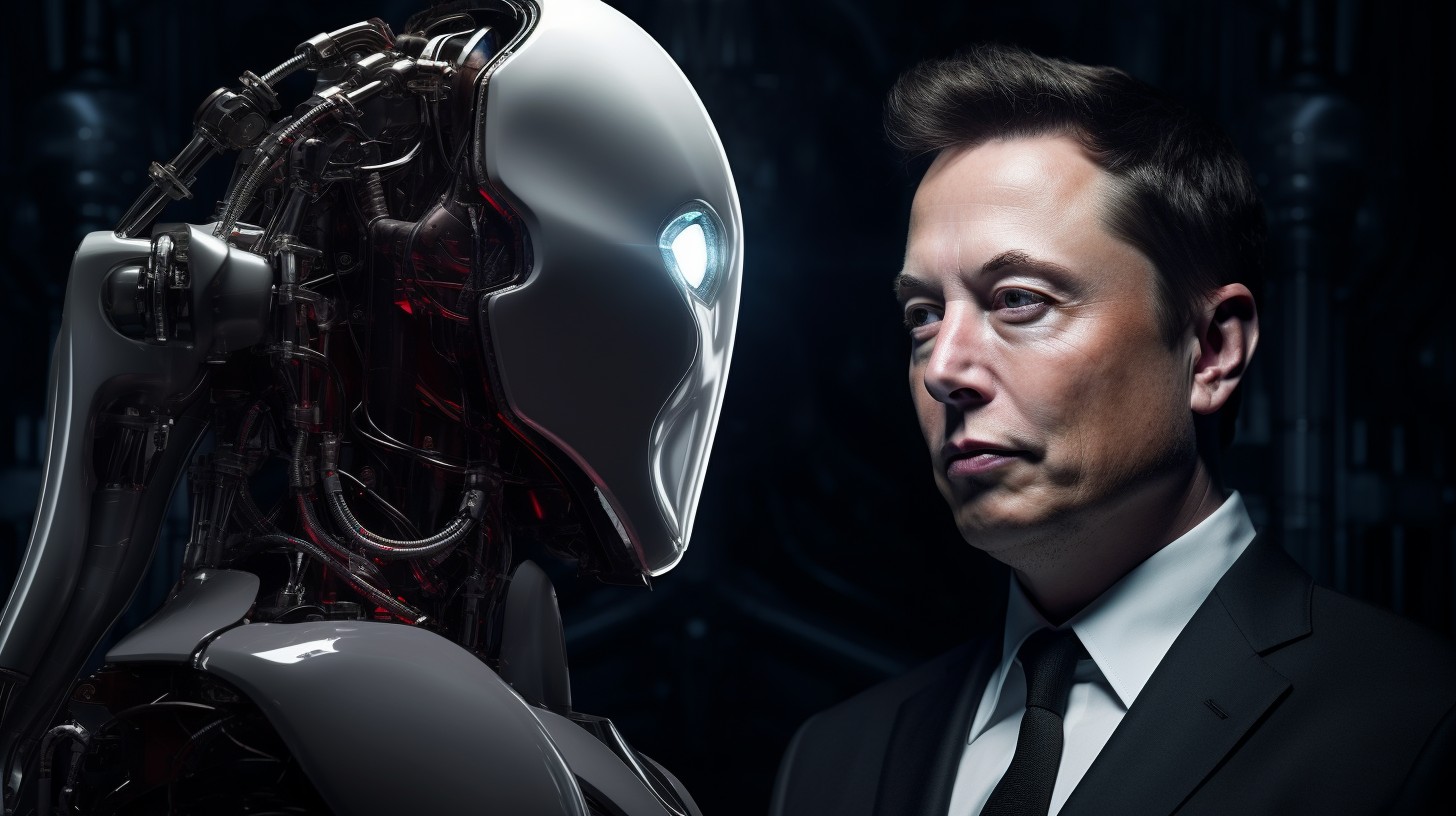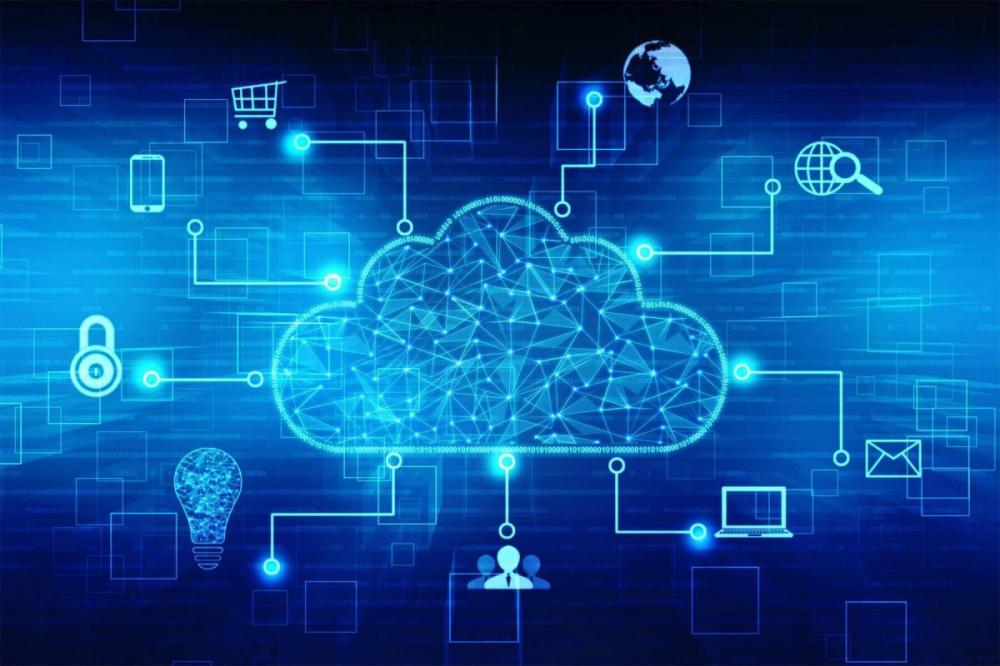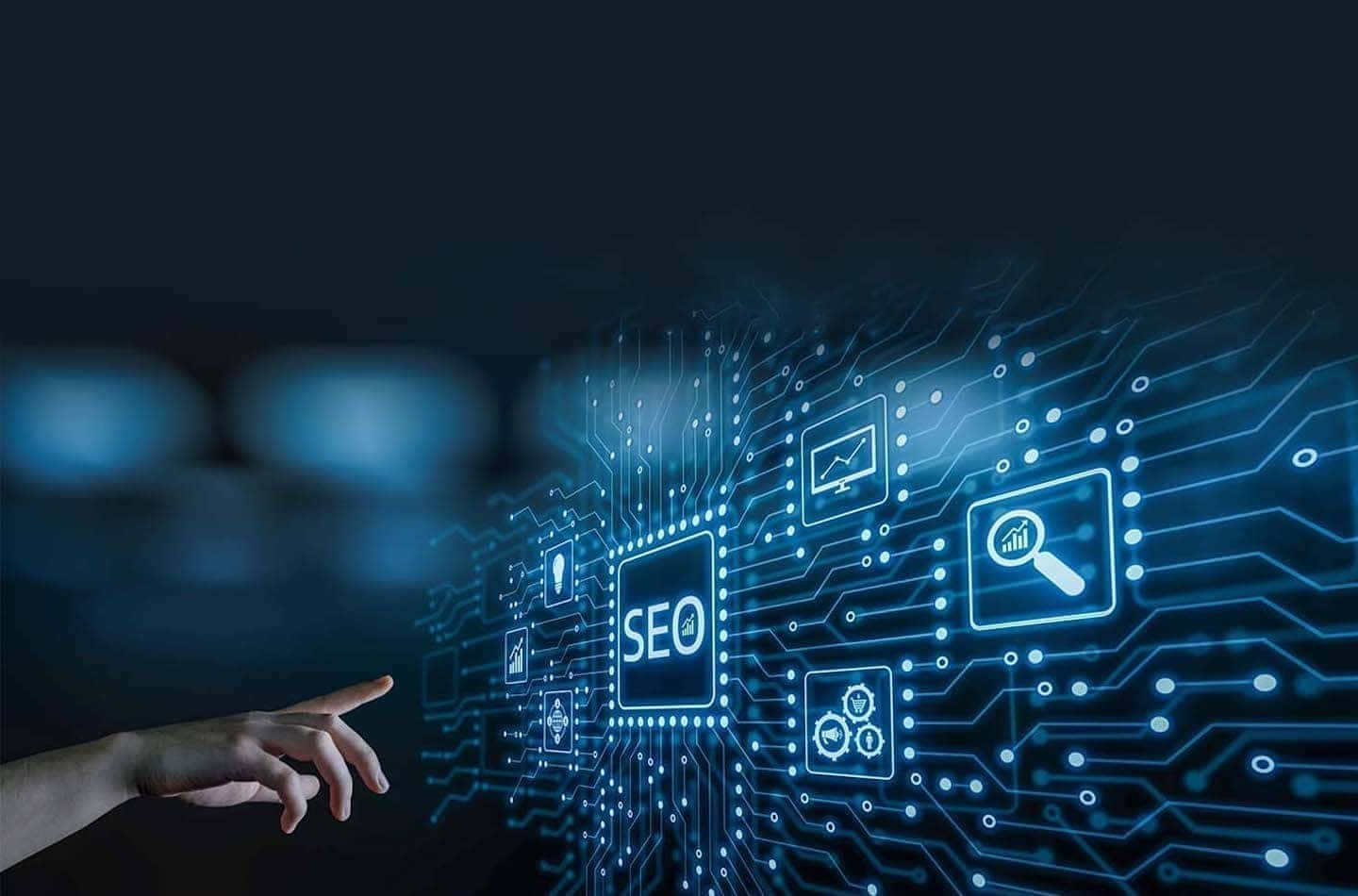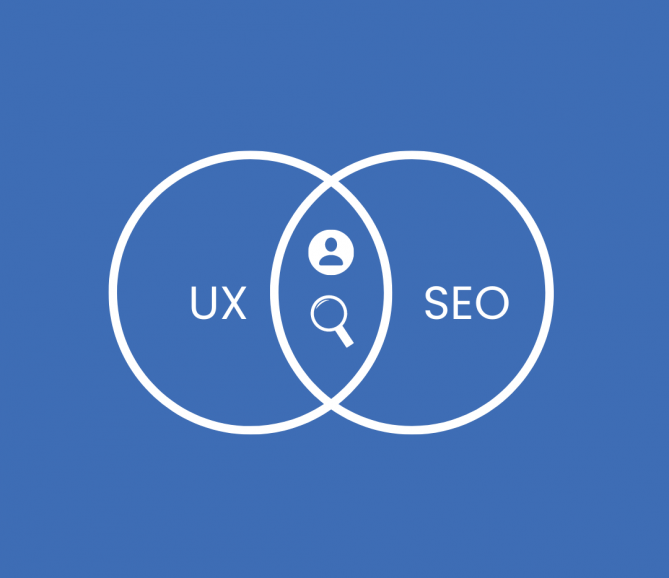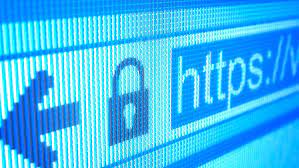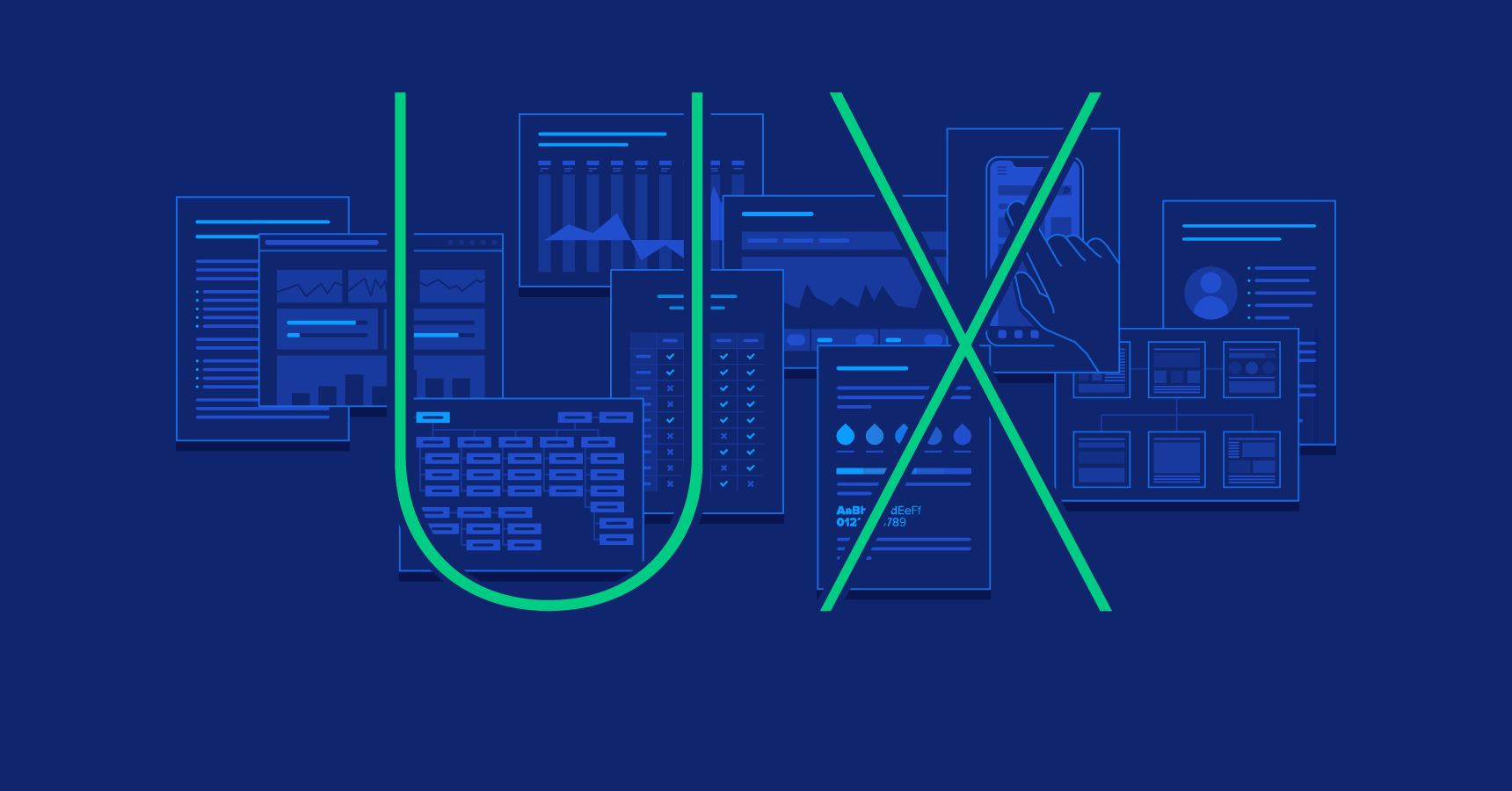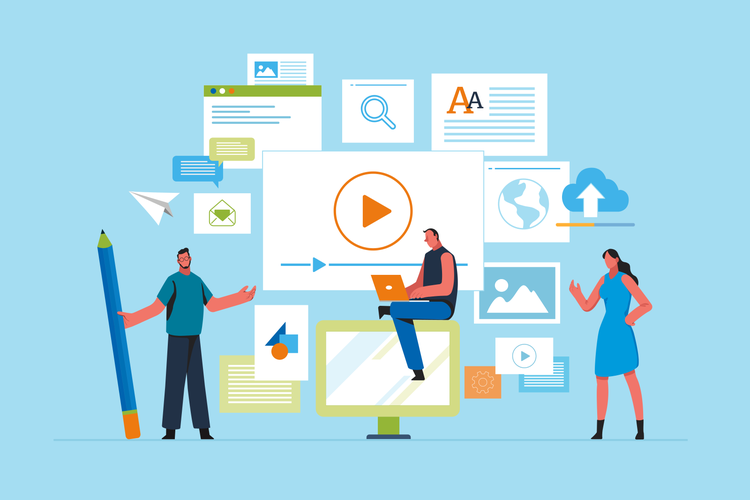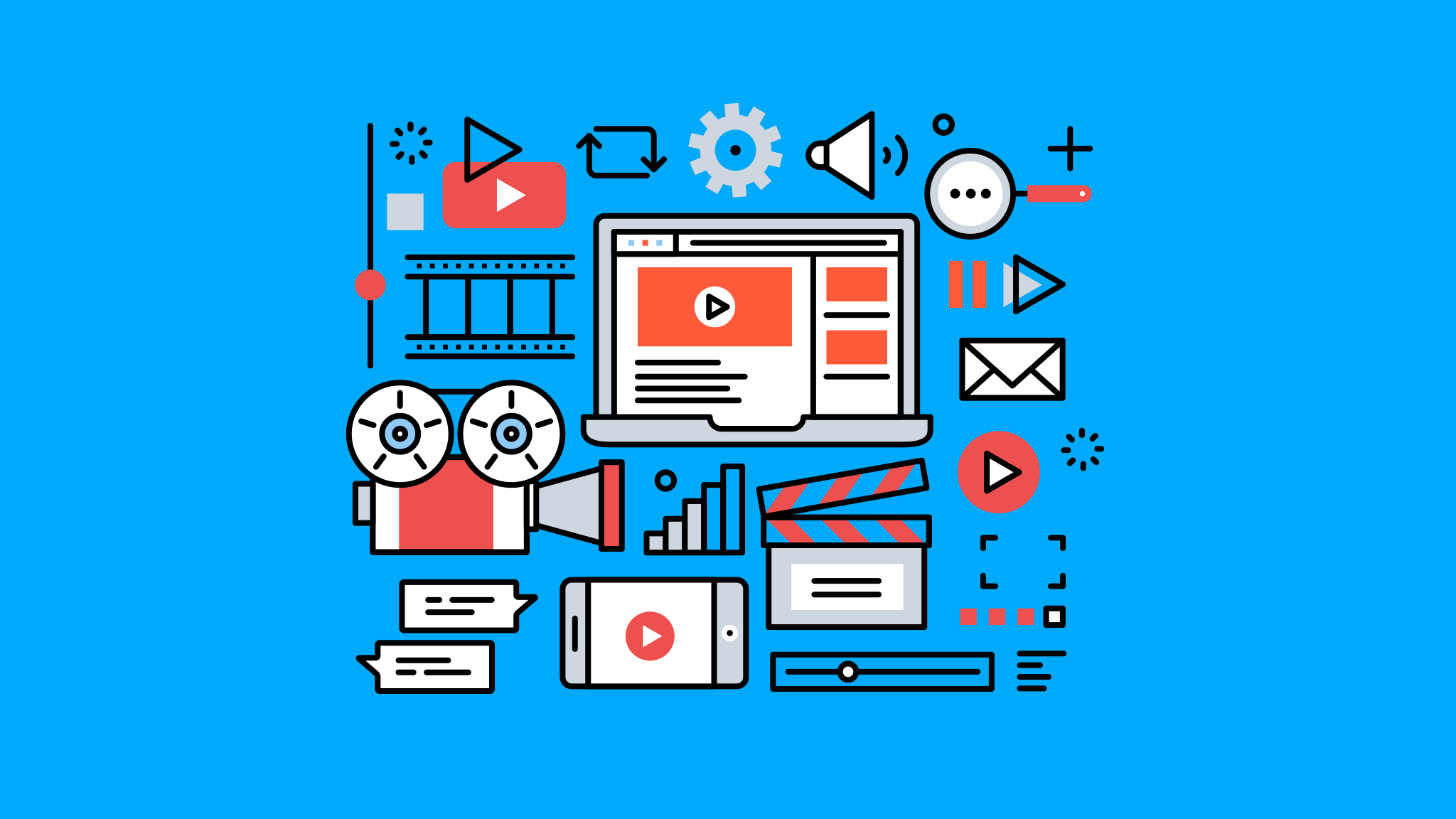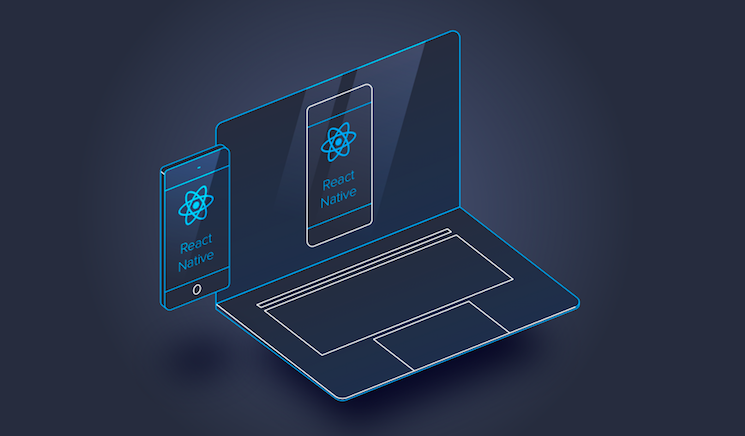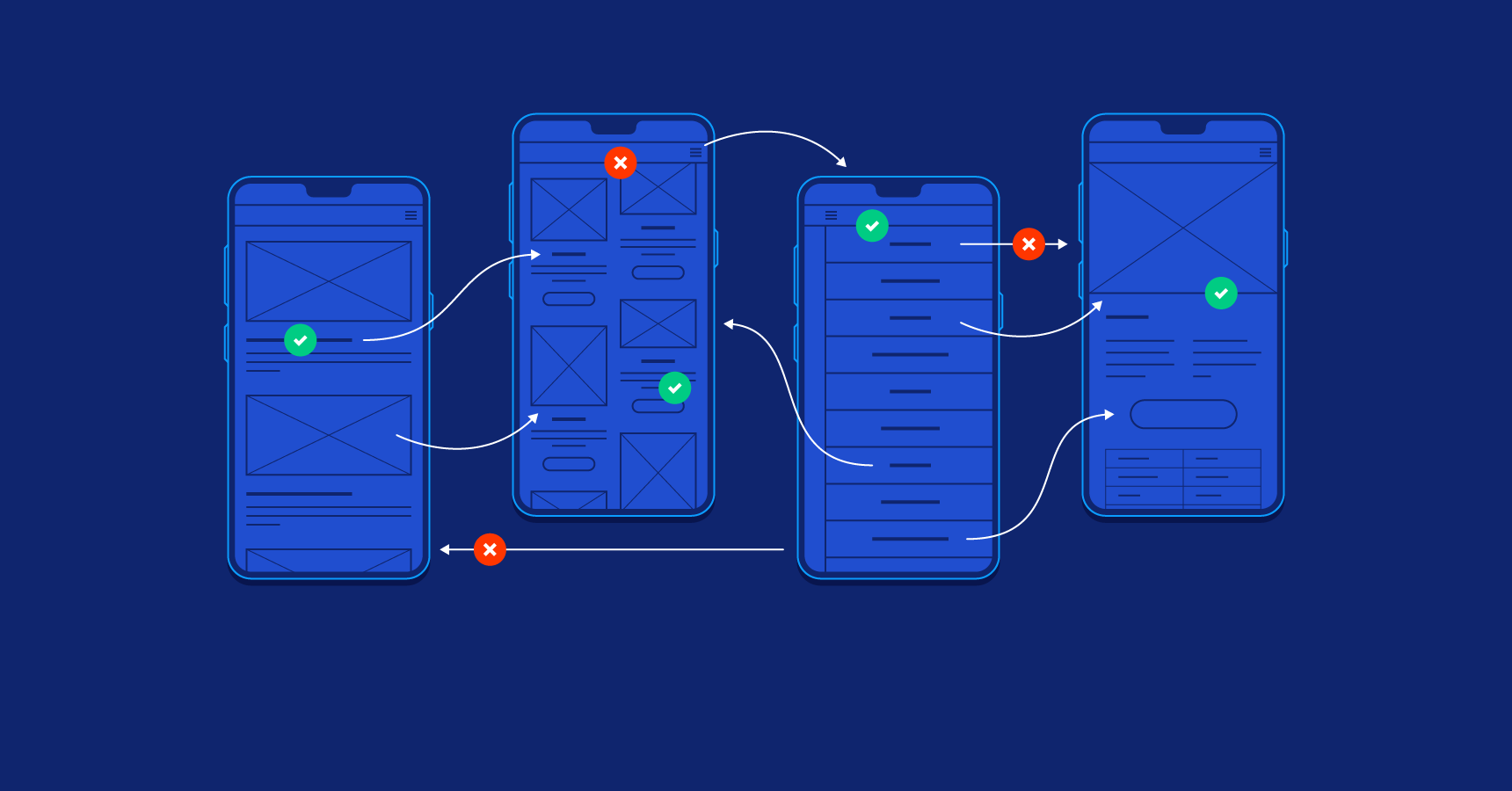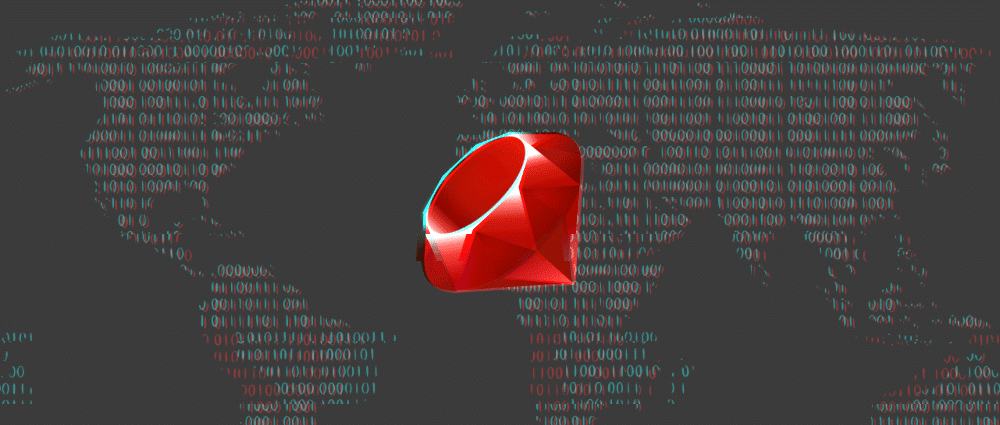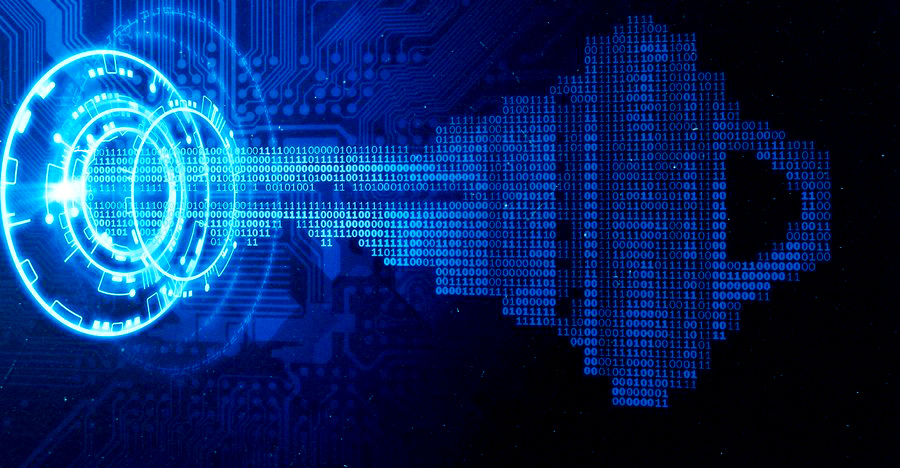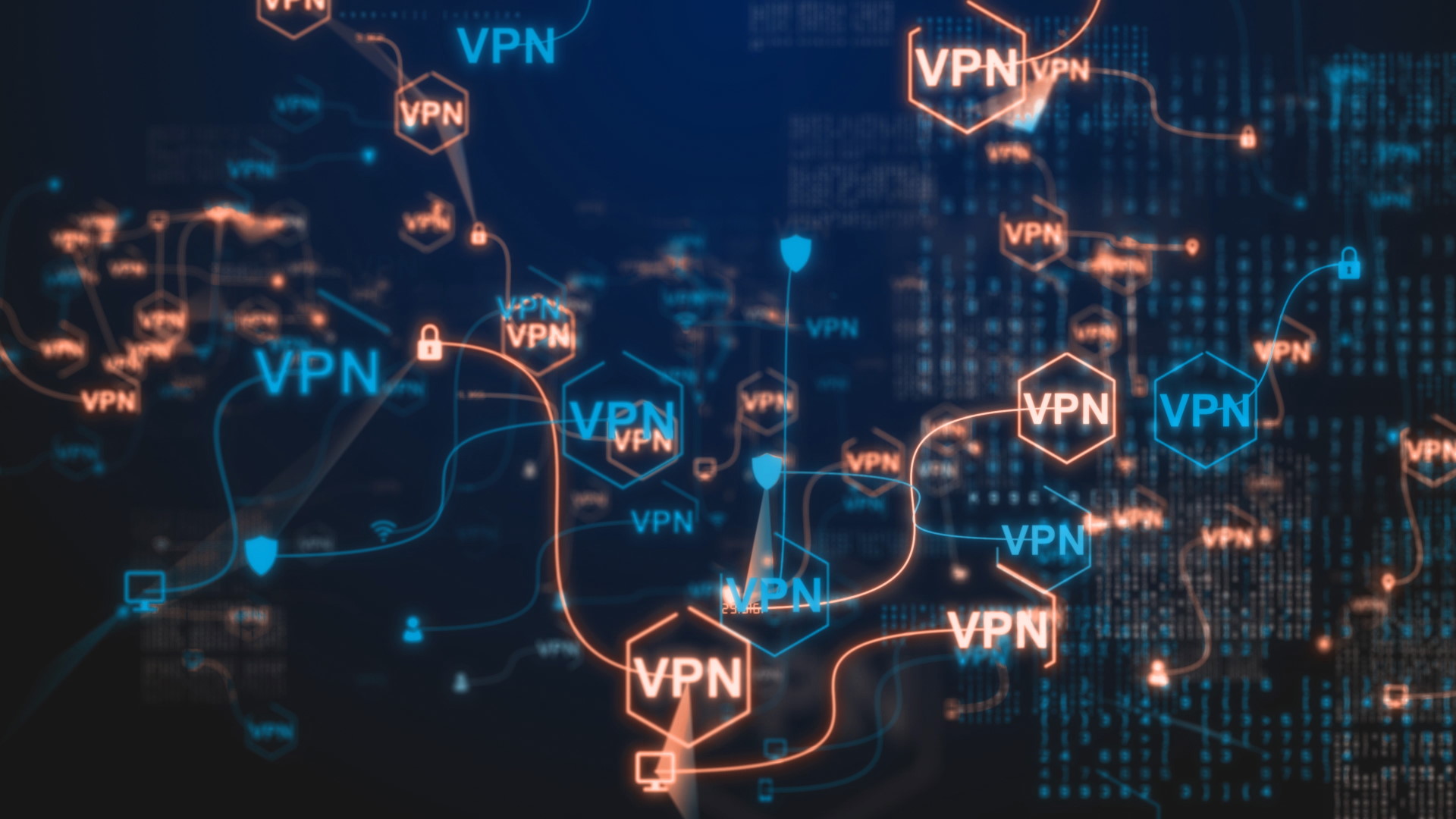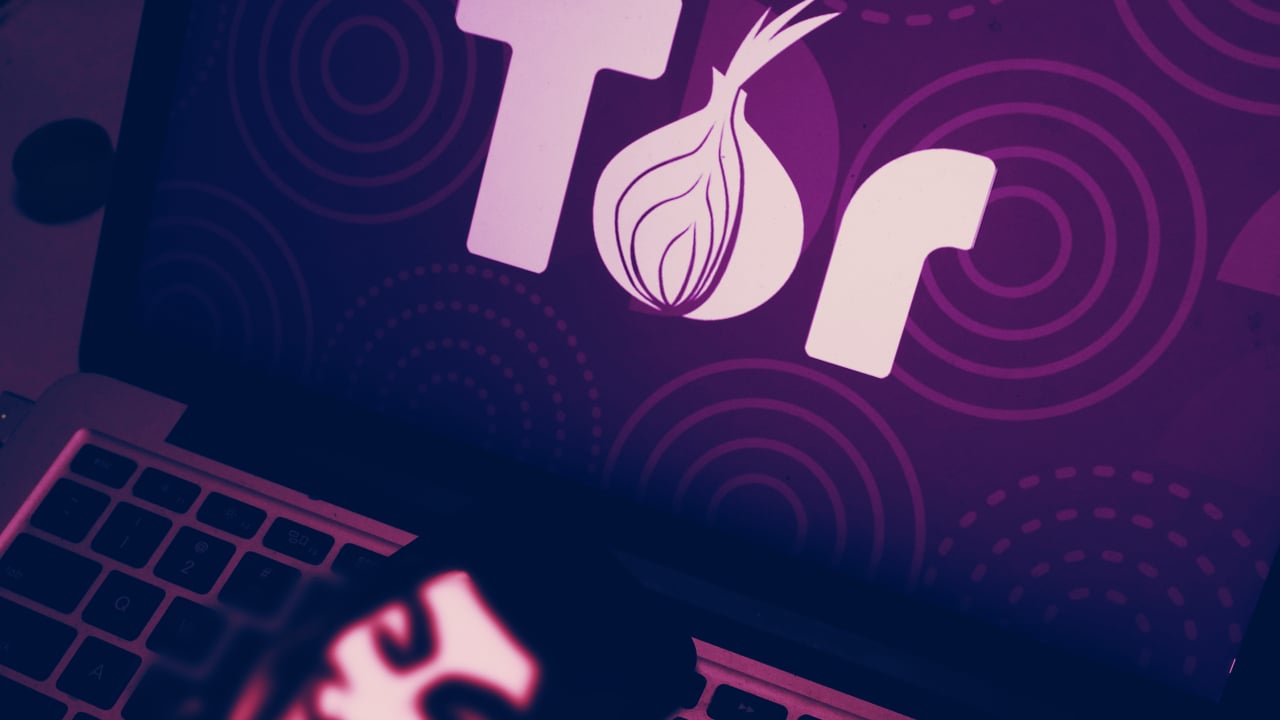"Internet of Things" and its application
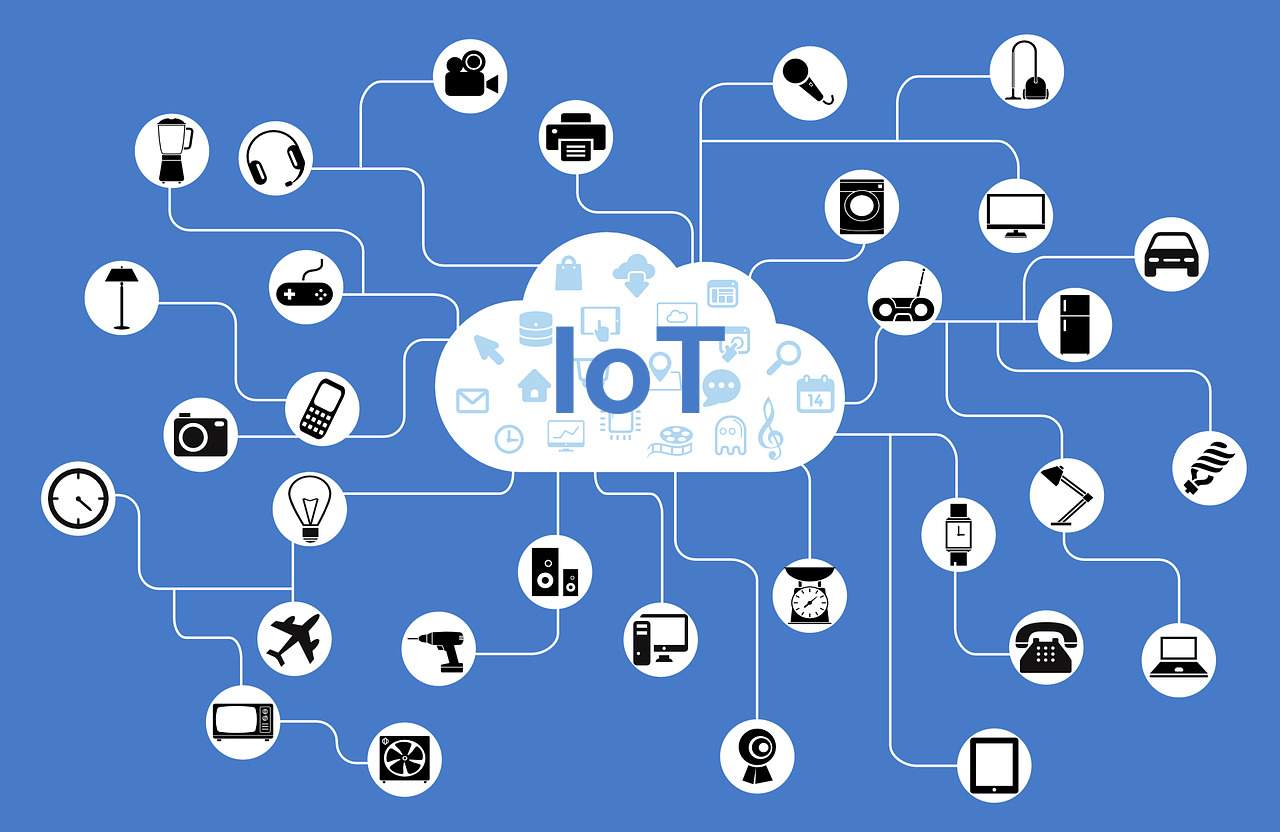
With the progress of technology in the modern world, our lives are significantly changing. As a result of this progress, the concept of the Internet of Things (IoT) has emerged in the world of information technology. Let's explore what this concept entails in this article.
The Internet of Things (IoT) is a system that involves a network of various objects performing their functions via the internet without human involvement. When we talk about this concept, we refer not only to gadgets like phones and computers, but also household appliances, physical devices, vehicles, and more. Let's delve deeper into this concept.
To understand how IoT works, it's important to consider its components:
Devices and Sensors: Objects are equipped with various sensors to gather information. These could be cameras, GPS, or other sensors collecting data about the environment, including humidity, temperature, motion, and other elements.
Communication Means: IoT devices use both wireless (e.g., Wi-Fi, Bluetooth, 5G) and wired (e.g., Ethernet) networks depending on their application area.
Cloud Platforms and Servers: Cloud computing is used for storing and processing large volumes of data from IoT devices. Analytical systems process this data, analyze it, and provide results in the form of reports or commands for execution mechanisms.
Software and Applications (Interface): These allow users to interact with IoT devices, monitor their status, and control them remotely through mobile apps or web interfaces.
Examining the main components of the Internet of Things, a certain process emerges: IoT systems include sensors and devices that interact via cloud connections. When data is sent to the cloud, it is processed by software. Based on data analysis, decisions are made regarding actions such as adjusting sensors and devices or sending notifications to users, without their direct intervention.
The application areas of IoT are broad. Examples include smart homes, where household appliances automate tasks typically managed remotely. IoT devices in smart homes can include wireless kitchen appliances, mood-adaptive music systems, intelligent lighting systems, electric blinds, automatic windows and doors, smart utility meters, and other devices. Additionally, IoT extends to popular devices like fitness watches with built-in sensors, as well as increasingly popular autonomous "smart" vehicles, which gather and analyze information about the vehicle, road conditions, and traffic thanks to IoT systems.
It's worth noting the pros and cons of this phenomenon. Benefits include cost reduction, increased productivity through process automation, enhanced user convenience and security, reduced resource consumption, and less environmental impact, fostering technological progress with new products and services. Alongside these benefits, there are drawbacks such as susceptibility to cyberattacks, leading to unauthorized access to data or device control. Many IoT devices lack sufficient data protection, making them attractive targets for hackers. Installation and configuration of IoT devices may require significant financial investment and potentially reduce job opportunities.
In conclusion, this concept is evolving rapidly, creating conditions for our comfortable future existence. The Internet of Things will continue to expand and find applications in various fields.
